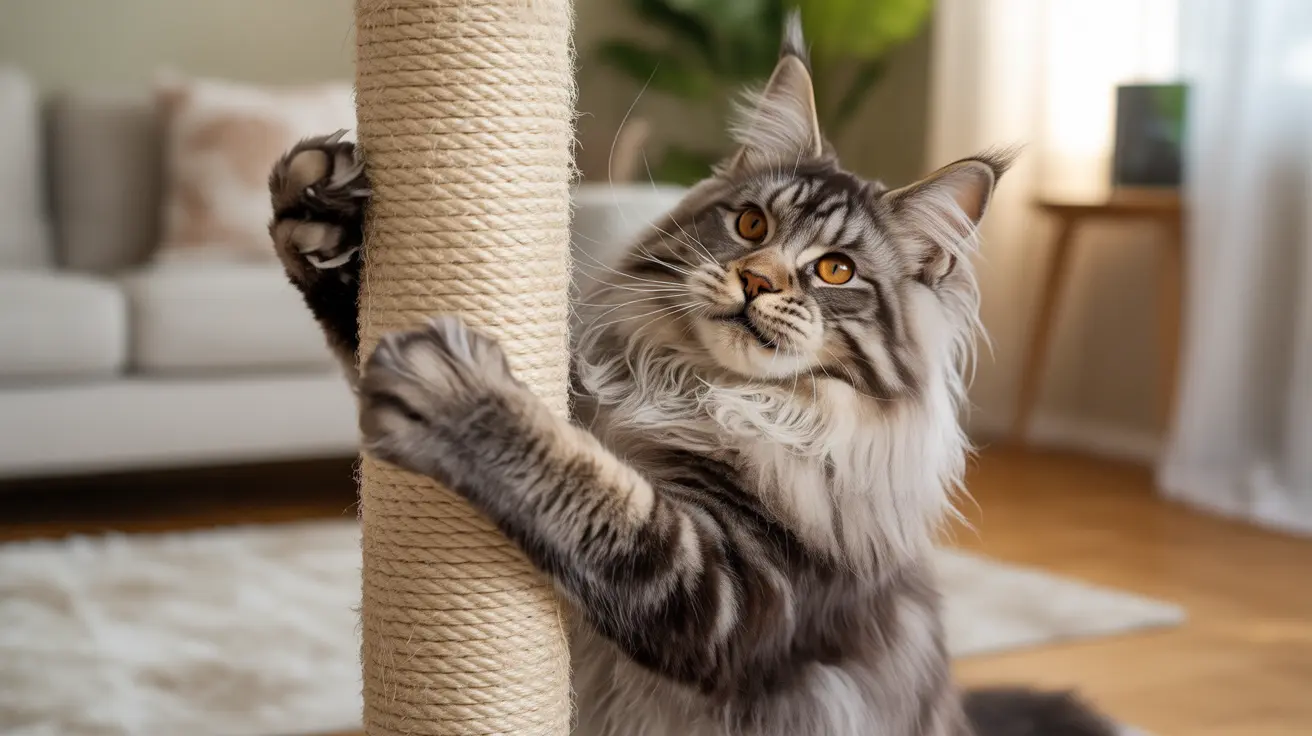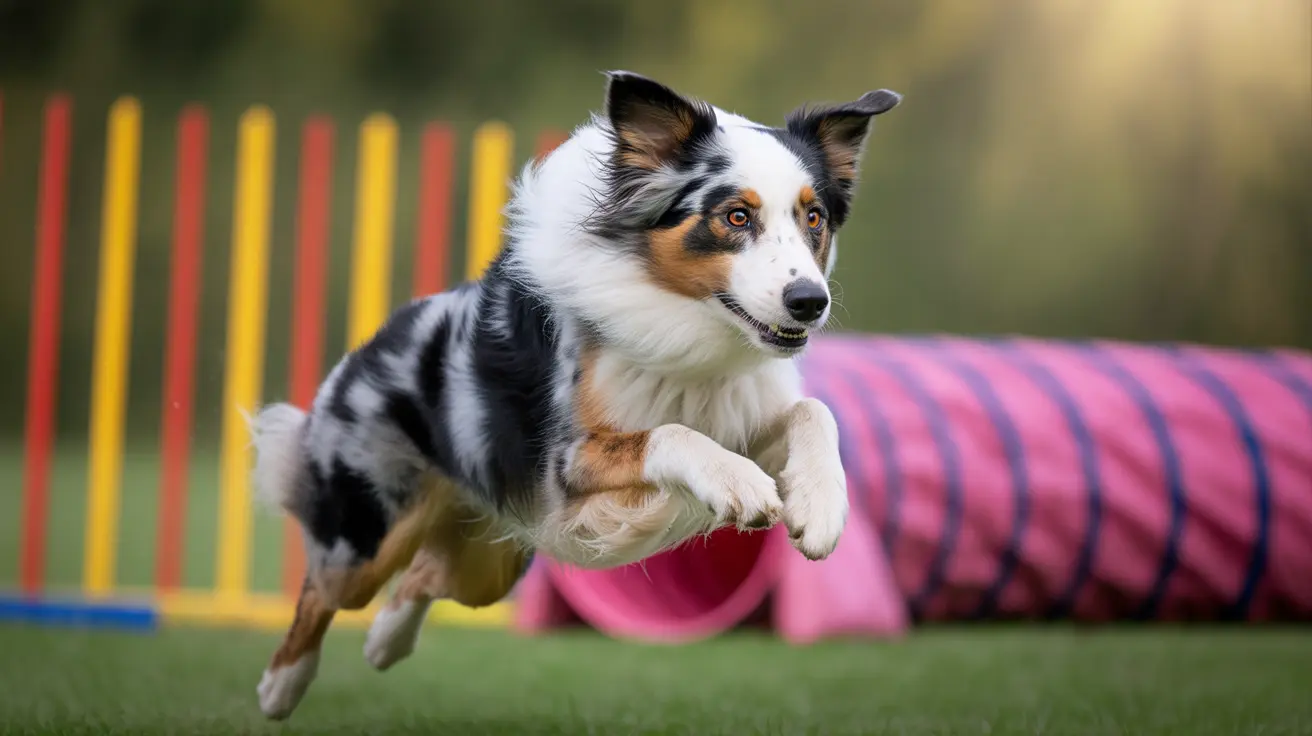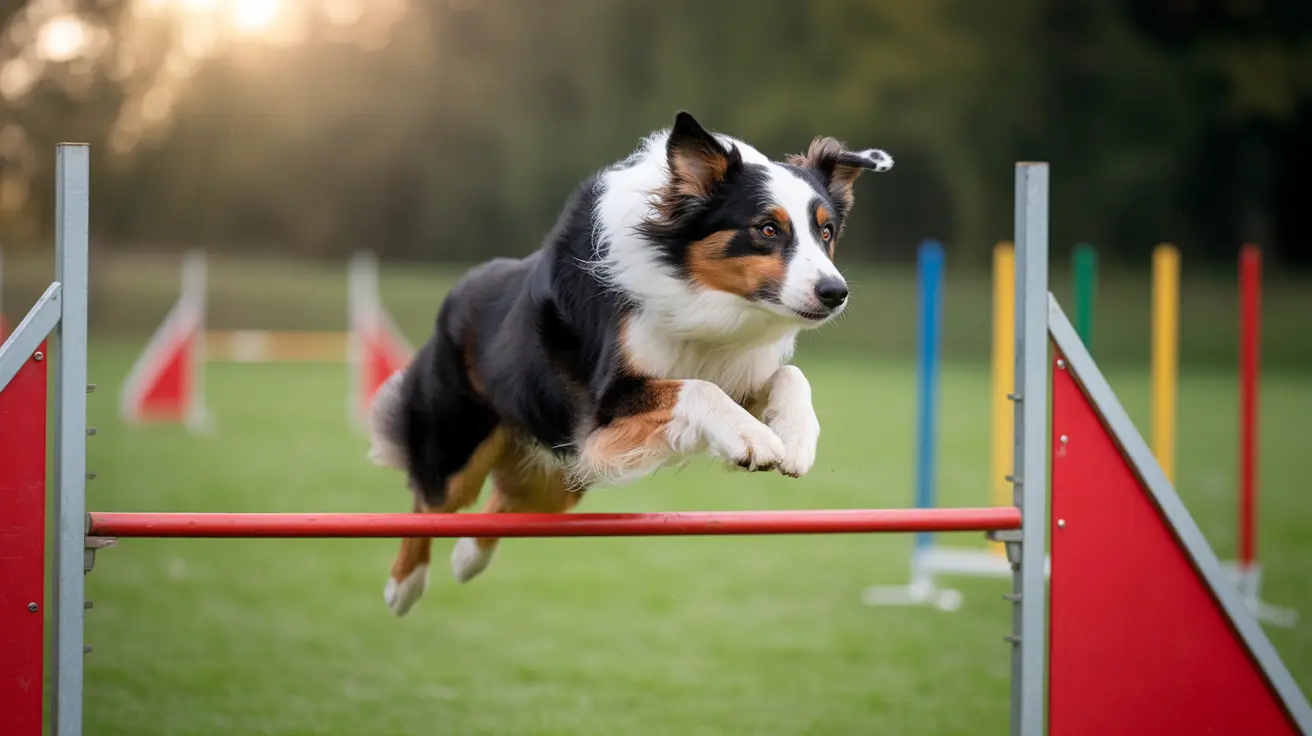Cat claws are remarkable anatomical structures that set felines apart from most other animals. These specialized tools serve multiple crucial functions in a cat's life, from hunting and climbing to self-defense and territory marking. Let's dive deep into the fascinating world of cat claw mechanics and discover what makes them such extraordinary evolutionary adaptations.
Whether you're a new cat owner or a longtime feline enthusiast, understanding how cat claws work is essential for proper care and appreciation of these incredible features. This comprehensive guide will explore the intricate mechanisms behind cat claws, their various functions, and how to maintain them properly.
The Amazing Anatomy of Cat Claws
Cat claws are composed primarily of keratin, the same protein found in human fingernails. However, unlike our flat nails, cat claws are curved, sharp, and precisely engineered for maximum efficiency. Each claw contains a quick – a sensitive bundle of nerves and blood vessels that provides nourishment and sensory feedback.
Most cats have 18 claws in total: five on each front paw and four on each back paw. These claws are permanently attached to the last bone of each toe (the distal phalanx), creating a strong and stable connection that allows for powerful gripping and scratching movements.
The Retraction Mechanism: Nature's Perfect Design
The most fascinating aspect of cat claws is their ability to retract. When relaxed, special elastic ligaments pull the distal phalanx upward, automatically retracting the claw into a protective sheath. This keeps the claws sharp and prevents them from wearing down during regular walking.
When a cat needs to use its claws, strong flexor tendons contract, rotating the distal phalanx downward and extending the claw in a smooth, switchblade-like motion. This sophisticated mechanism allows cats to instantly deploy their claws for hunting, climbing, or defense.
Essential Functions of Cat Claws
Cat claws serve multiple vital purposes in both wild and domestic settings:
- Hunting and prey capture
- Climbing and environmental navigation
- Self-defense against threats
- Territory marking through scratching
- Stress relief and exercise
- Social communication
Maintenance and Growth
Cat claws grow continuously throughout life, similar to human nails. The outer layers naturally shed in sheets as new growth pushes outward from beneath. This process, combined with regular scratching behavior, helps maintain sharp, healthy claws.
Regular scratching on appropriate surfaces helps cats remove old claw sheaths and exercise the muscles involved in claw retraction. This natural behavior also helps mark territory through scent glands in their paws.
Caring for Your Cat's Claws
Proper claw care is essential for your cat's health and comfort. Provide multiple scratching surfaces with different textures and orientations to encourage natural maintenance behaviors. Regular inspection can help identify potential problems early.
While trimming may be necessary for indoor cats, always avoid cutting into the quick, as this can cause pain and bleeding. If you're unsure about proper trimming techniques, consult with your veterinarian for guidance.
Frequently Asked Questions
How do cat claws retract and extend, and what muscles control this movement?
Cat claws retract through elastic ligaments that pull the distal phalanx upward when muscles are relaxed. Extension occurs when flexor muscles contract, pulling tendons that rotate the toe downward, exposing the claw.
Why do cats shed the outer layers of their claws, and how does this keep them sharp?
Cats shed the outer layers of their claws as new growth emerges from beneath. This natural process removes worn keratin layers, maintaining the claw's sharp, curved shape and preventing overgrowth.
What is the "quick" in a cat's claw, and why is it important to avoid cutting it during nail trimming?
The quick is the living tissue containing blood vessels and nerves within the claw. Cutting into it causes pain and bleeding, making it crucial to trim only the dead keratin portion beyond the quick.
How often should I trim my cat's claws, and what is the safest way to do it at home?
Most cats need claw trimming every 2-3 weeks. Trim only the white tip, avoiding the pink quick area, using proper pet nail clippers in a calm environment with good lighting.
Why are cat claws essential for hunting, climbing, and self-defense compared to other animals?
Cat claws' unique retractable design keeps them sharp and ready for instant deployment, unlike constantly exposed claws in other animals. This makes them more effective tools for hunting, climbing, and defense while allowing silent movement when retracted.






